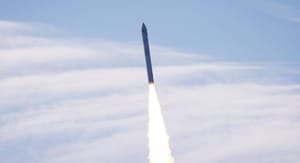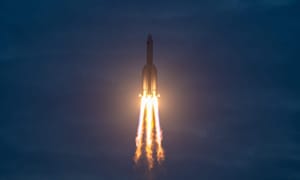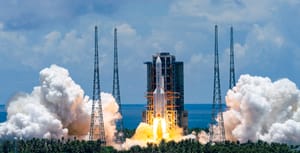
Today, the 26th of February, the China Aerospace Science and Technology Corporation, CASC, released its 'blue paper' outlining China's space goals for the coming year.
The 'blue paper' from CASC also noted that 2024 is the 75th anniversary of the founding of the People's Republic of China and that the country is working hard to achieve the goals of the "14th Five-Year Plan", which is running from 2021 to 2025.
As part of the 'blue paper' for the coming year, CASC stated it will launch seventy times this year to send two-hundred and ninety spacecraft into orbit. CASC believes that thirty launches will happen from China's space private sector to reach one-hundred launches from China in 2024.
Last year China carried out sixty-seven launches overall with forty-seven coming from the Long March series, this number of launches already broke China's record from the year before as the country seeks to do so again.
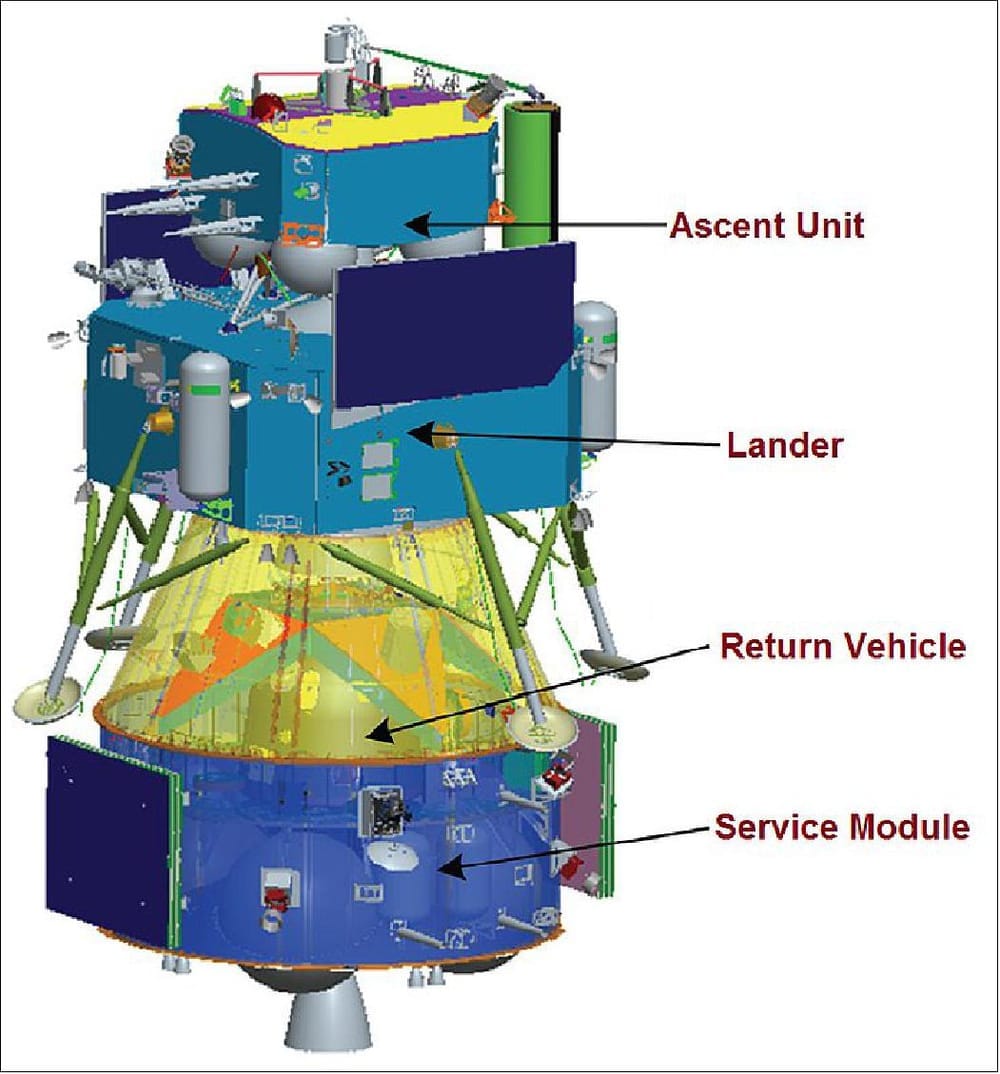
The 'blue paper' also notes that 2024 will see the start of phase four of the Chinese Lunar Exploration Program in May with the launch of Chang'e 6. Chang'e 6 is a lunar sample return mission from the far side of the Moon, the first to do so, bringing up to 2,000 grams of lunar samples back to Earth for study, the mission will be launched atop of a Long March 5.
Phase four of the Chinese Lunar Exploration Program will be supported by the launch of the Queqiao-2 relay satellite in mid-March. The launch of Queqiao-2 will be on a Long March 8 for the first launch from Commercial Launch Pad 1 at the Wenchang Space Launch Site, in Hainan.
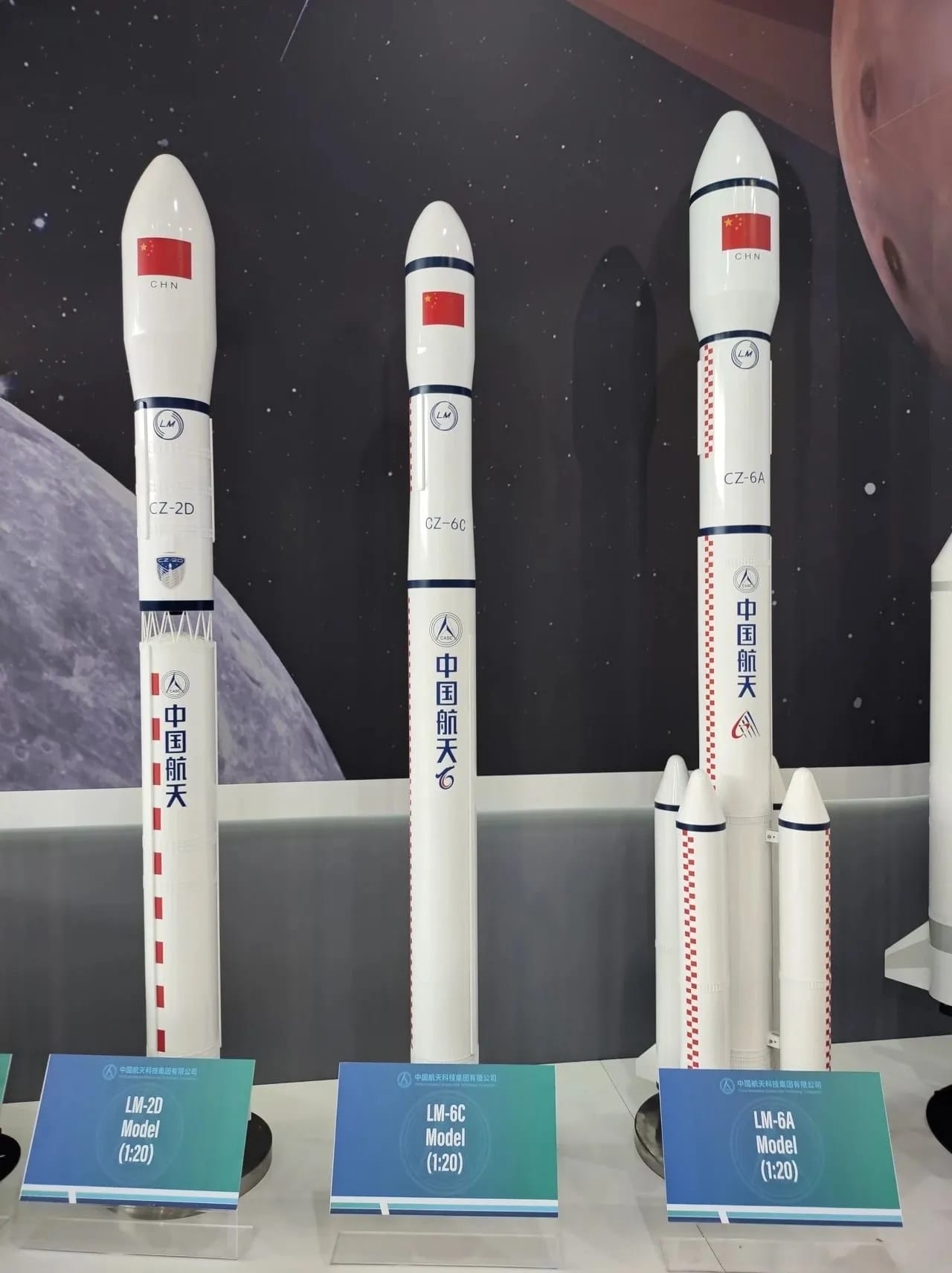
CASC's 'blue paper' also stated that the Long March 6C and Long March 12 will debut this year. The Long March 6C shares hardware with the Long March 6 and 6A and is planned to be able to send up to 2,400 kilograms to a 500-kilometer sun-synchronous orbit, or 2,000 kilograms to a 700-kilogram sun-synchronous orbit.
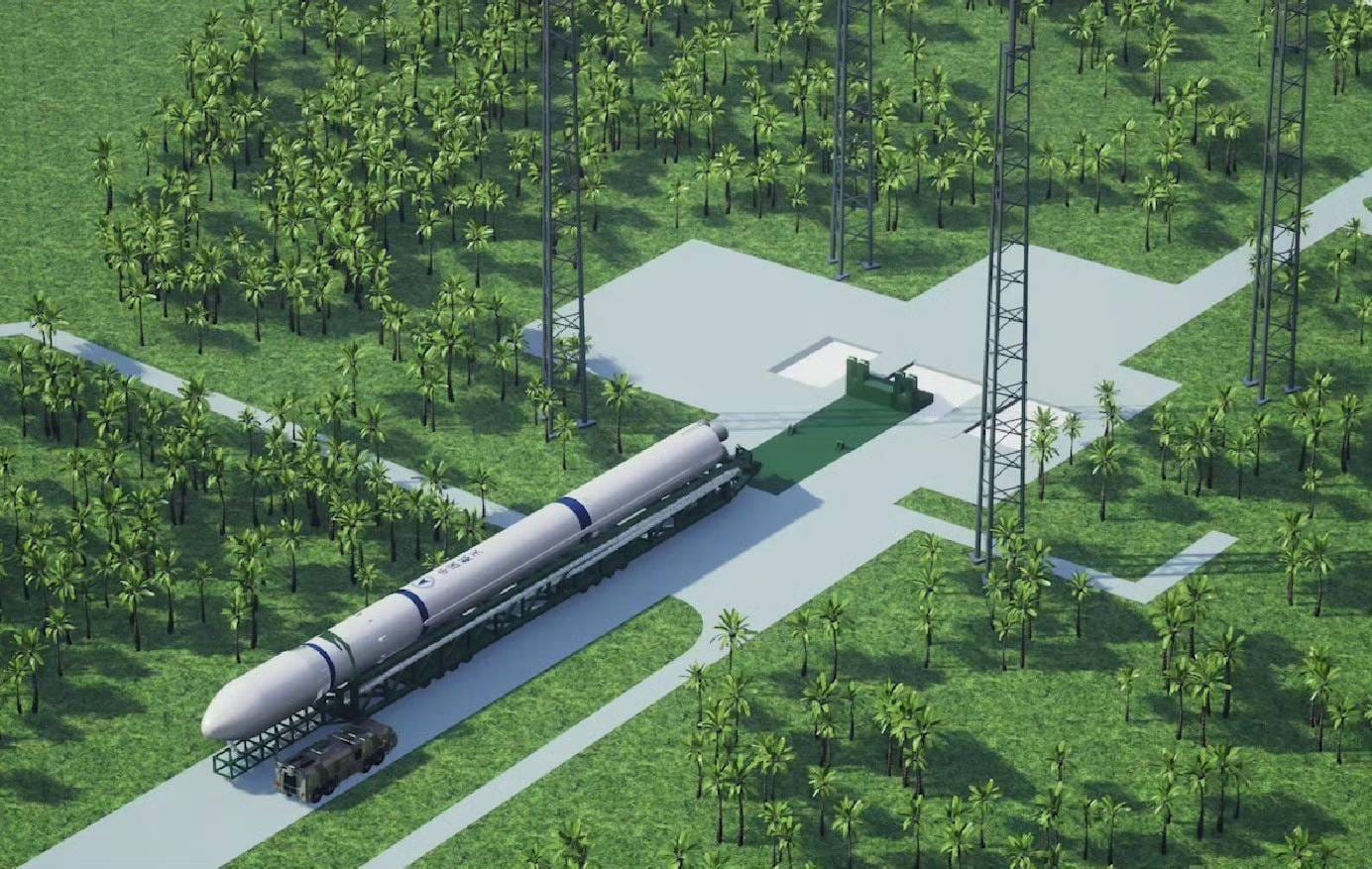
The Long March 12 also had a large amount of information shared by CASC. The rocket is believed to be 3.8 meters in diameter and has two stages, with both burning rocket-grade kerosene and liquid oxygen. The believed payload capacity is 10,000 kilograms to a low Earth orbit or 6,000 kilograms to a 700-kilometer sun-synchronous orbit. The maiden flight of the rocket is believed to occur at the end of the year from Commercial Launch Pad 2 at the Wenchang Space Launch Site. It is also believed the rocket will have two fairing options, with the diameters being either 4.2 meters or 5.2 meters.
China also plans to launch two crew missions to the Tiangong Space Station this year, they are Shenzhou 18 and 19. The crews of these missions are still not known to the wider public. The Tianzhou 8 spacecraft is also planned to launch in the second half of 2024.
The 'blue paper' also says that the 'next-generation' spacecraft, Chang'e 7 and Tianwen-2, will continue 'high-intensity' development. It also mentions that two-hundred and thirty launch vehicles will be put into production for launches in the coming years. Two-hundred spacecraft are also reportedly in development ahead of launch, also in the coming years.

